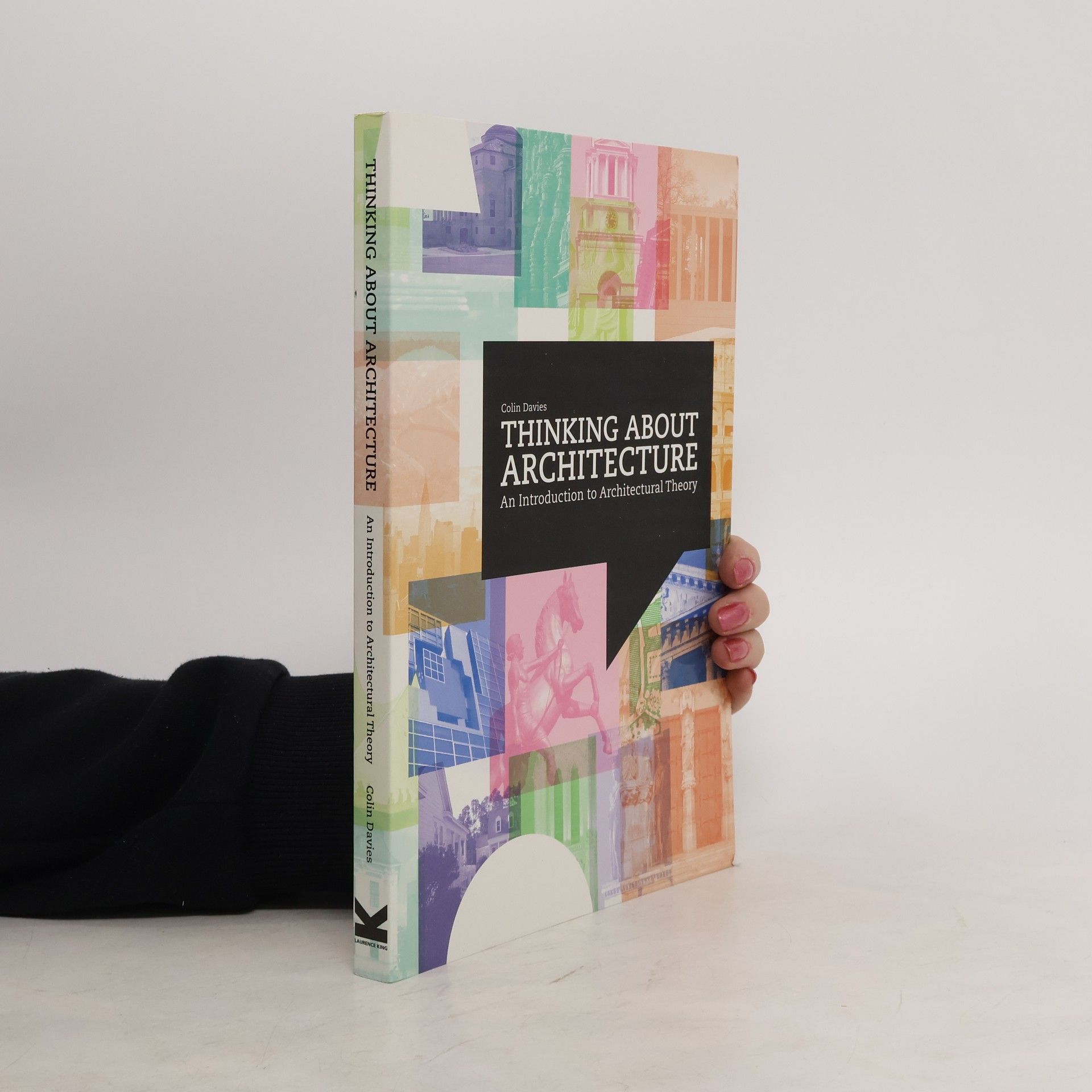Annotation In order to understand architecture in all its cultural complexity it is necessary to grasp certain basic concepts such as representation, form, and space. The aim of this book is to provide designers, teachers, students, and interested laypersons with a set of ideas that will enrich their conversation, their writing, and above all their thinking about architecture. Written in a conversational style, it introduces difficult concepts gradually, step by step. Architectural theorists and philosophers are mentioned in passing and their works are listed in the bibliography, but they are not the subject of the book. Architecture, rather than philosophy, is at the centre of the picture. The aim is to enable the reader to understand architecture in all its aspects, rather than to learn the names of particular theorists. The book is divided into eight chapters, each covering a particular aspect of architecture. Thinking about Architecture will be an invaluable standard introduction to architectural theory for architecture students, practising architects and interested general readers
Colin Davies Livres
1 janvier 1929

